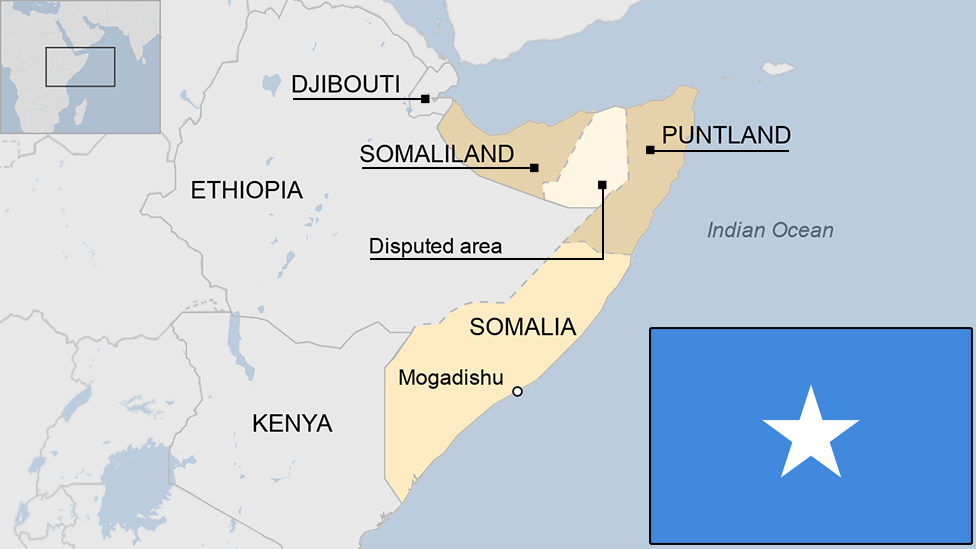Somalia photography: 'I want it to be normal for women to take photos'
- Published
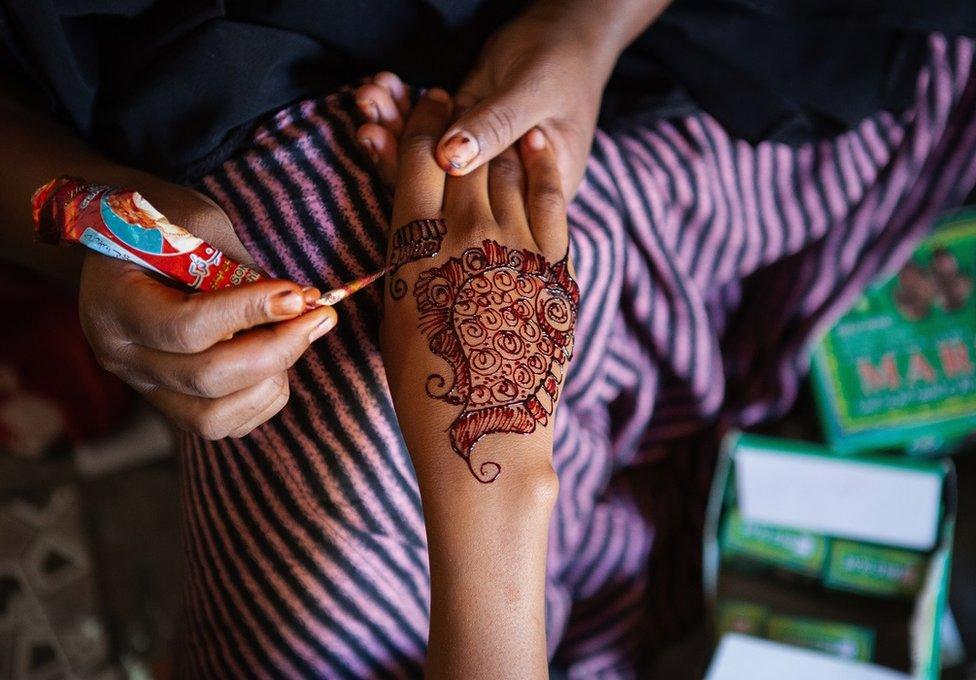
Henna art
Somalia often conjures up images of violence and destruction but a photography exhibition in the capital, Mogadishu, sets out not only to challenge that perception but also to recast who is defining those images in the first place, as the BBC's Mary Harper reports.

On a big white wall in a hotel compound hangs a series of calm, intimate portraits by two female Somali photographers.
"It's important that women reclaim the public space," one of the artists, Fardowsa Hussein, says.
She says that when she is filming on the streets, men often shout at her, telling her she should be indoors rather than embarrassing herself in public.
"I want it to become entirely normal for a woman like me to go out and about, filming and taking photos, without fear of harassment or worse."
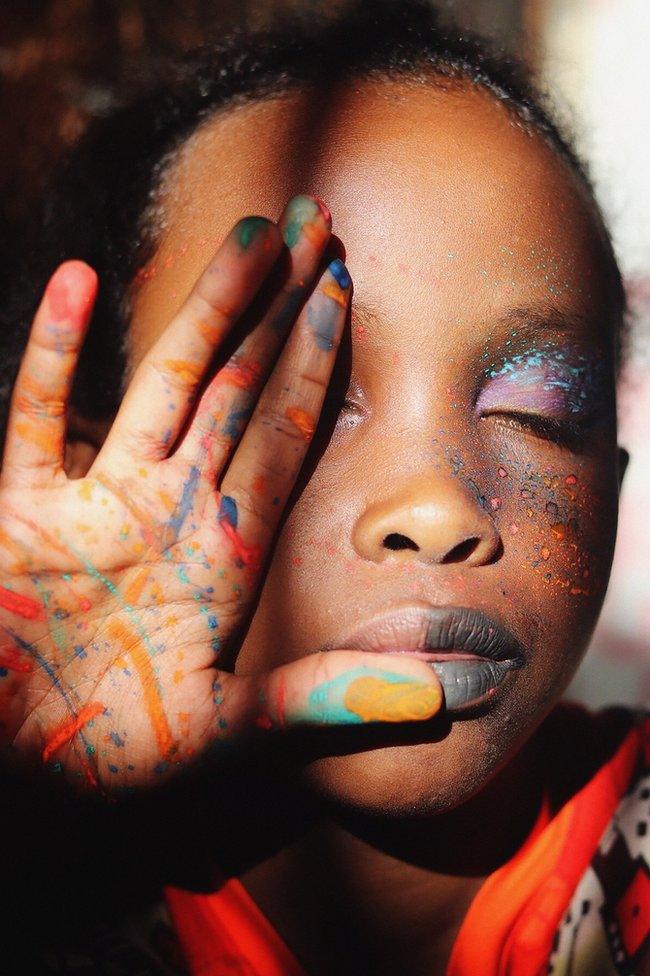
Through my sister's eyes

The exhibition, called Still Life, is the brainchild of Sagal Ali, the director of the Somali Arts Foundation (Saf), which she launched in September 2020.
She says that photography in Somalia is considered a man's trade "especially when it comes to street photography. Women are not expected to be outside documenting day-to-day life, in a place where most people are still busy simply surviving".
"Creativity and culture have been decimated by more than 30 years of conflict in Somalia," she says. "The aim of Saf is to revive it, to give people space to breathe."
She also wants to alter the way people are seen, and in this exhibition she hopes to challenge the view that women cannot accomplish highly technical works of art.
"I was attracted to the female gaze and the emotions the photos invoked in me. I don't think these pictures could have been taken by men," says Ali.
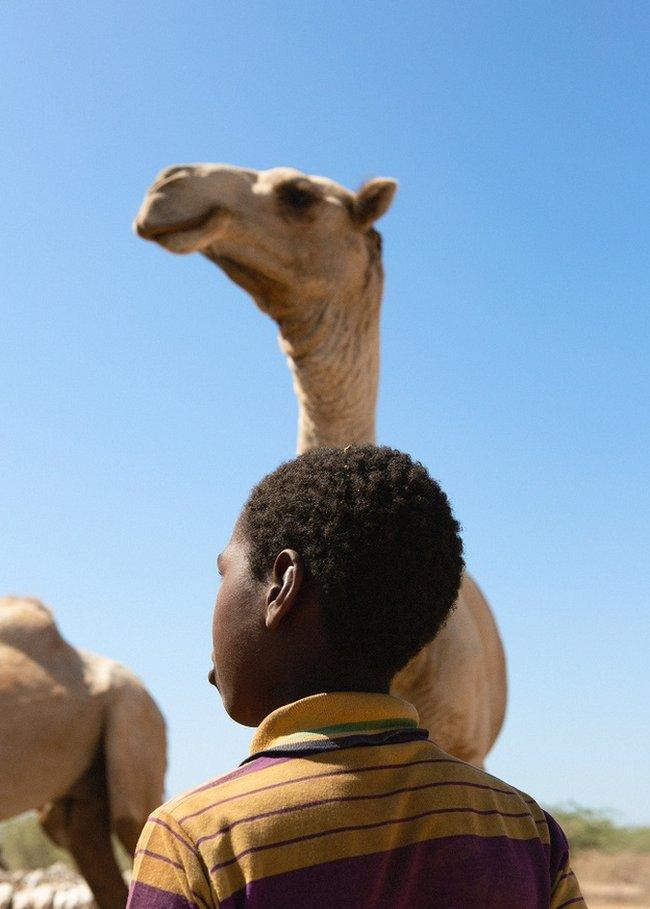
Nomad

"I took this photo near the south-western town of Hudur," says Hussein.
"Herding camels is the most beautiful thing you can see. Young boys are responsible to taking them into the bush for grazing. Two boys have to look after as many as 50 camels and are sometimes gone for six to seven days with no water.
"Somalis say this is the hardest job one can do, but also the most rewarding as camels are so precious in our culture."
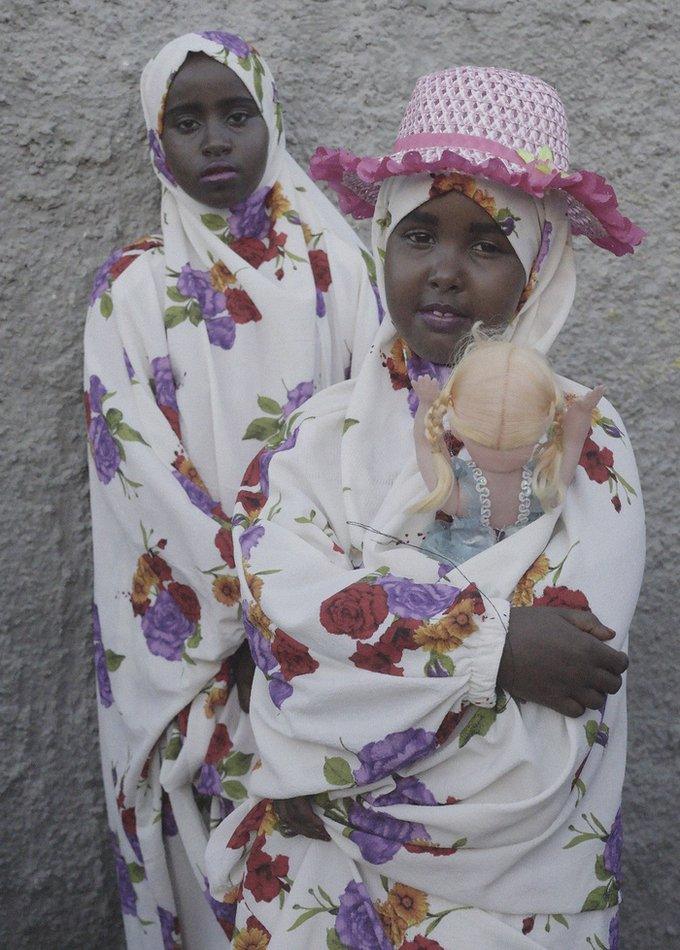
Girls and doll

"I was in an auto-rickshaw in Mogadishu when I caught sight of these two girls," says one of the photographers, Hana Mire.
"It was totally spur of the moment. I leapt out of the vehicle and they had no idea I was taking their photo. Afterwards, I showed them the image, which they loved."
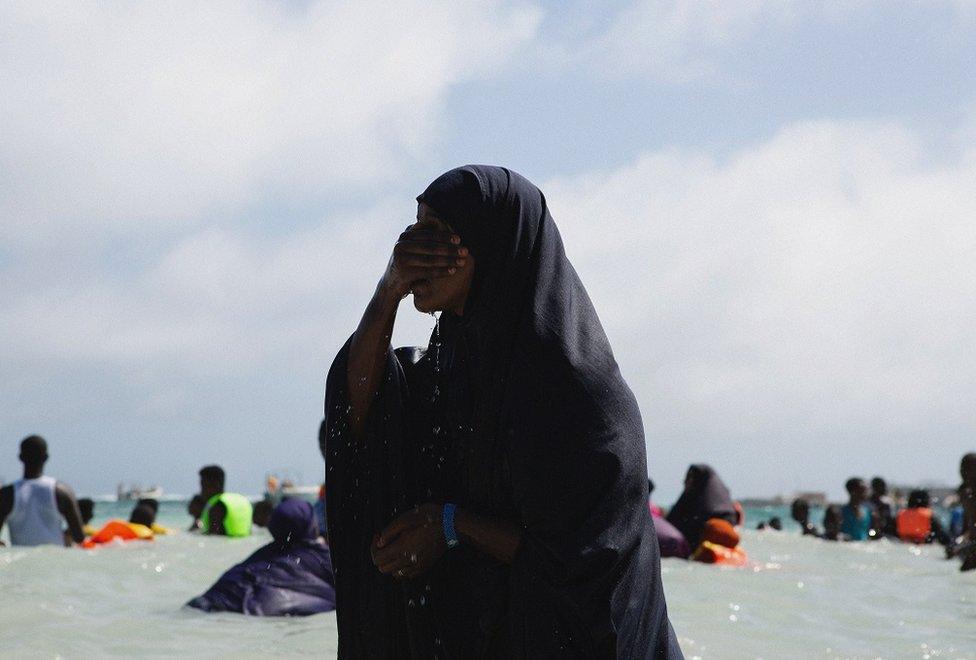
A young woman enjoys a swim at Lido Beach, Mogadishu
This photo of a woman in the sea is Hussein's favourite image.
"There was a beautiful stillness about her, despite the commotion all around her," she explains.
Hussein says the fact that she too was wearing a hijab put the woman at ease, giving her the opportunity to capture this intimate moment.
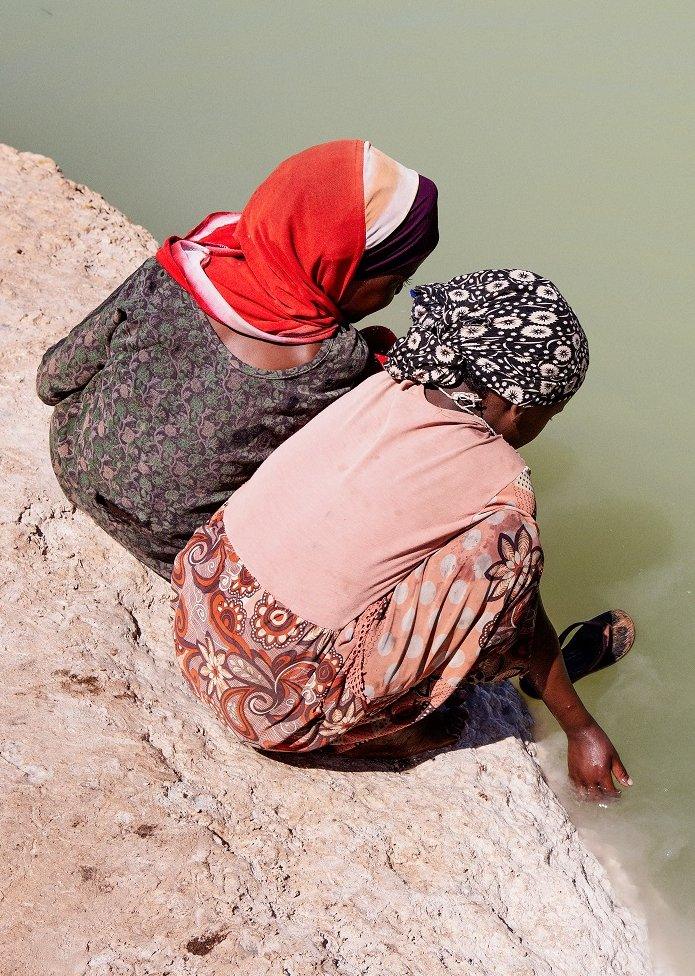
Playtime

She also captured two women sharing a moment at the water's edge playfully splashing their feet and hands.
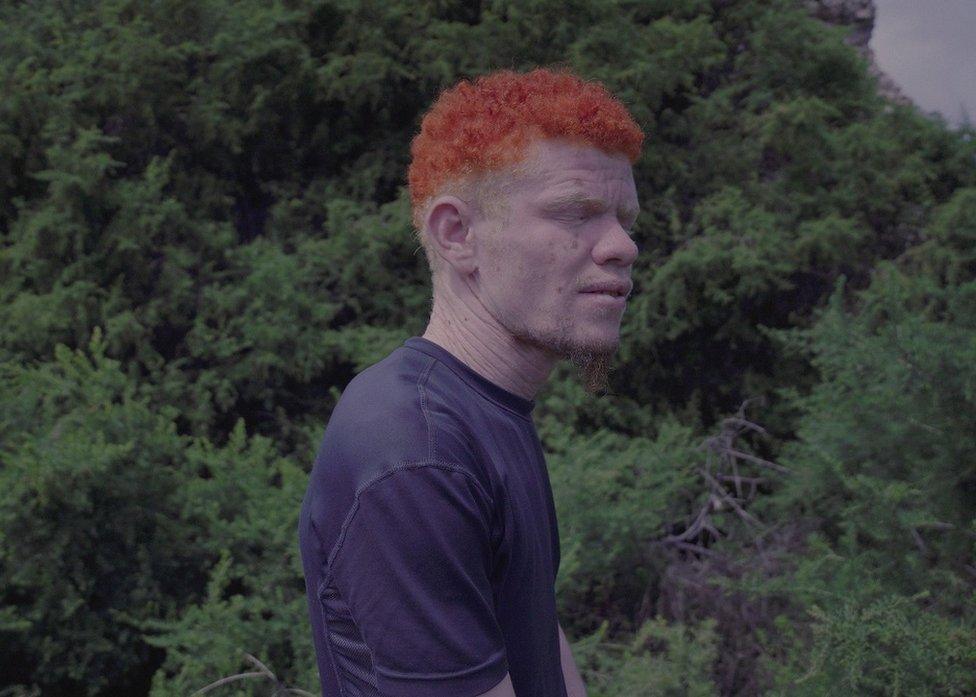
Awais
"Awais loved this picture," says Mire.
"He has such a kind soul. He told me it's the first photograph he has ever had of himself. He faces all sorts of discrimination."
Mire feels it is important to show how diverse Somalia is.
"Too often people think Somalis are just one tribe, that they all speak the same language. But this is not true."
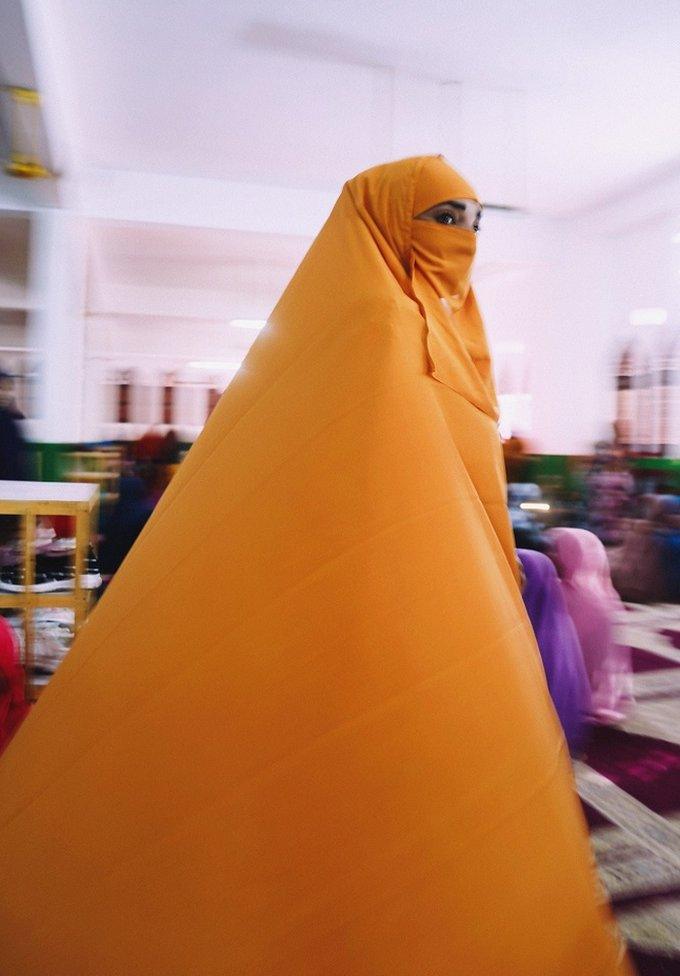
Woman in orange jilbab

This image was taken inside one of the oldest mosques in Hamar Weyne, one of the capital's oldest districts, during the Eid al-Fitr holiday.
"A woman stood up while others knelt and prayed, a fan was blowing her orange robes so they looked like a ship's sail," Mire says.
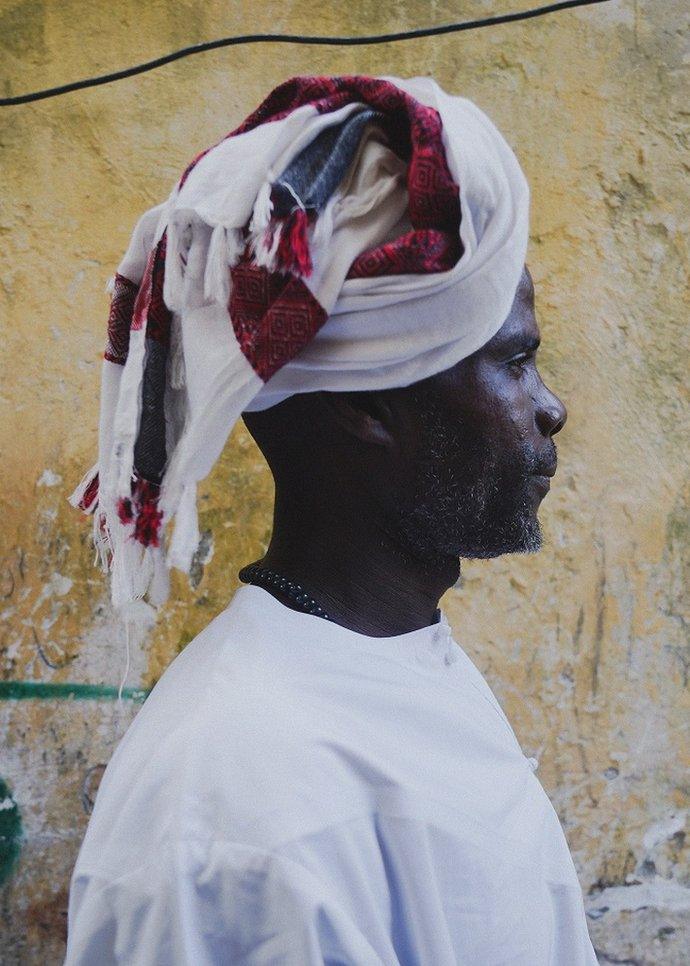
Side portrait

Mire also took this photo in Hamar Weyne, among its narrow winding streets and Arab-style architecture.
"This is one of my favourite places to take pictures in Mogadishu," she says.
"I saw this man walking along and I loved what he was wearing. I asked him if I could take his photo and he said he would be delighted for me to do so."
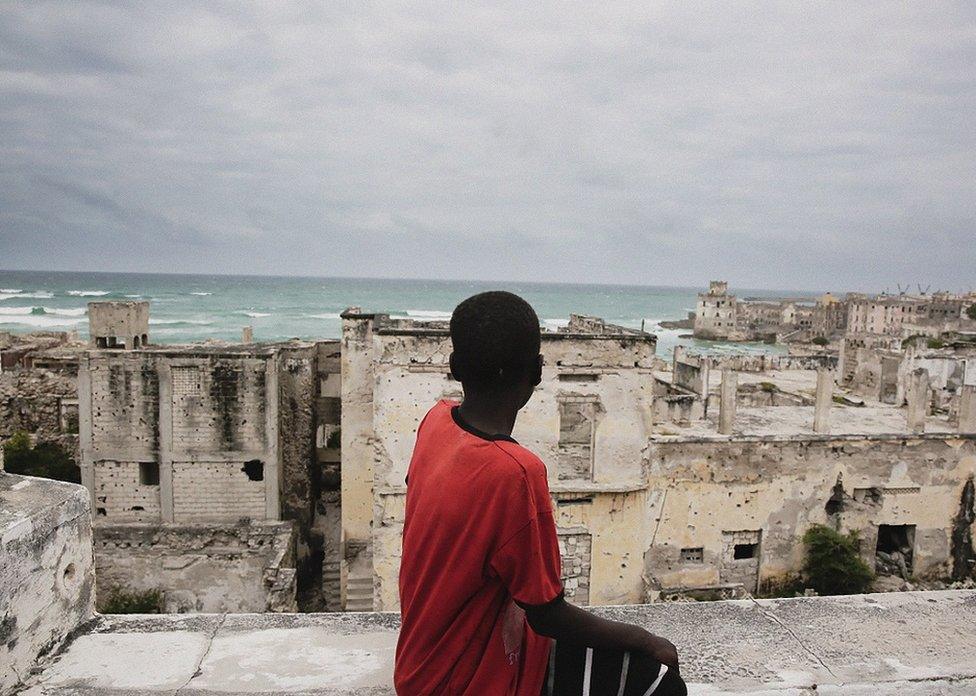
Shangani
This is Mire's favourite photo.
"I was in the ancient district of Shangani. Even though I could see the trauma of war in the buildings, it reminded me of my parents and their happy memories of the once beautiful, elegant city."
She explains how she was being silent, reflecting on her parents' experiences, when she saw a boy staring out to sea.
"I thought it was me. He represented the child in me."
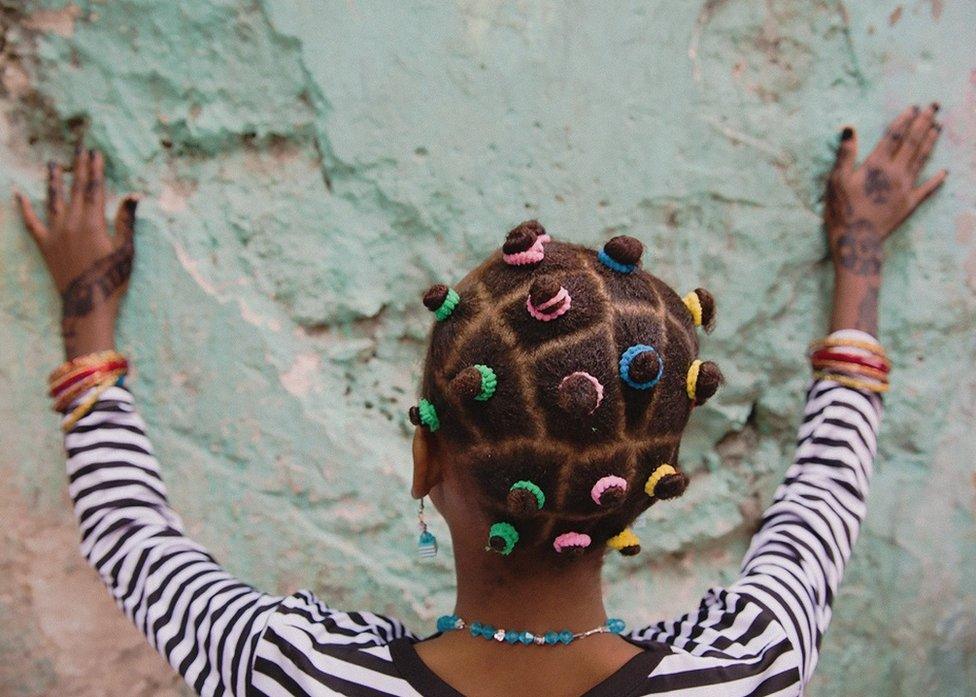
The photographers feel that for too long, Westerners have dominated the narrative on Somalia, presenting it as the world's most dangerous country, torn apart by war, disease and famine.
They say they want to take control of Somalia's story, to present a fuller, fairer portrayal of life in the country.
Related topics
- Published4 January 2018
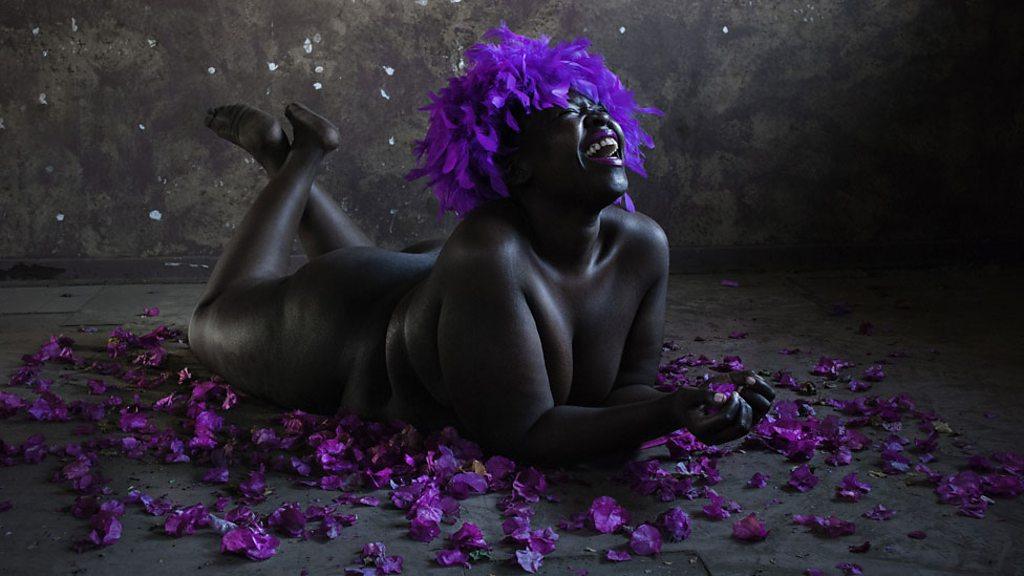
- Published21 August 2018
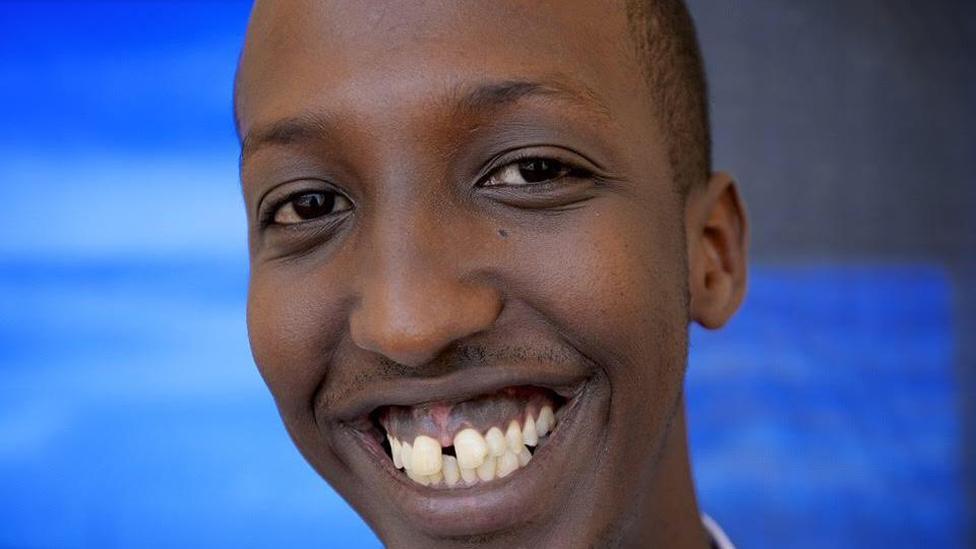
- Published23 November 2020
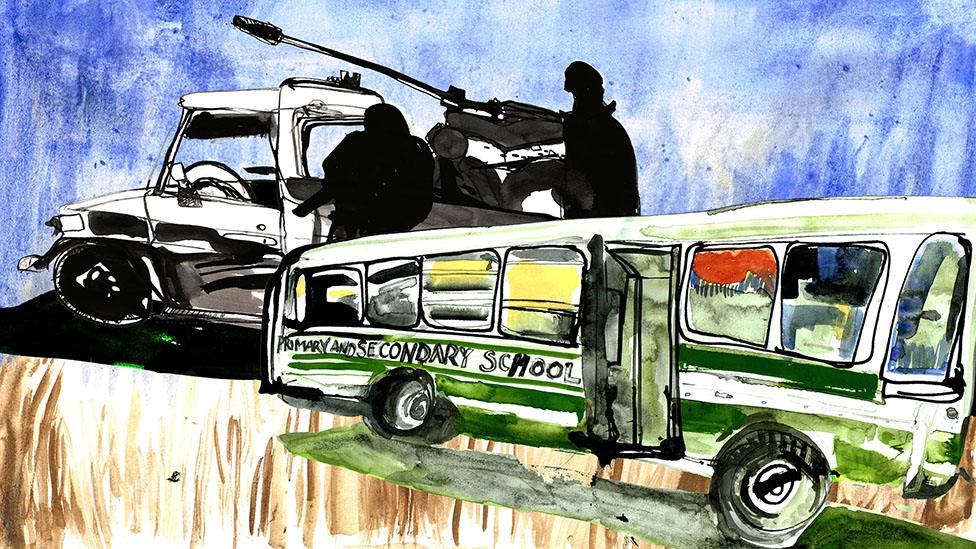
- Published27 May 2019
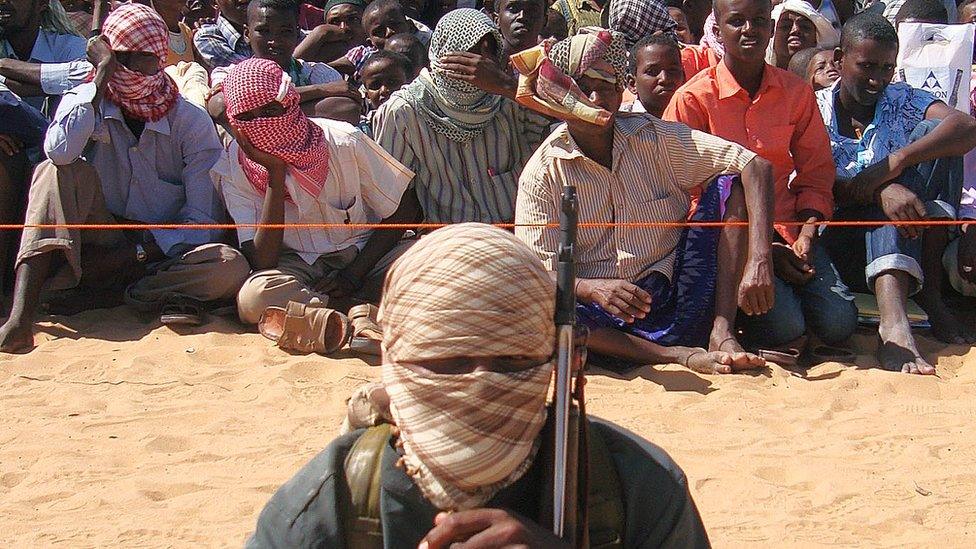
- Published2 January 2024
